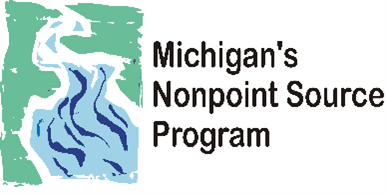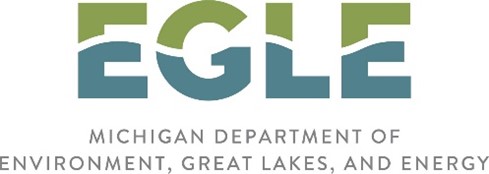Lake Allegan/Kalamazoo River Watershed Phosphorus TMDL Point Source Committee
A Total Maximum Daily Load (TMDL) specifies the maximum amount of a pollutant that a watershed can receive and still meet Water Quality Standards (WQS). When a lake or stream does not meet WQS, a study must be completed to determine the amount of a pollutant that can be put in a water body from point sources and nonpoint sources and still meet WQS, including a margin of safety. A TMDL is a document that describes the process used to determine how much pollutant load a lake or stream can assimilate.
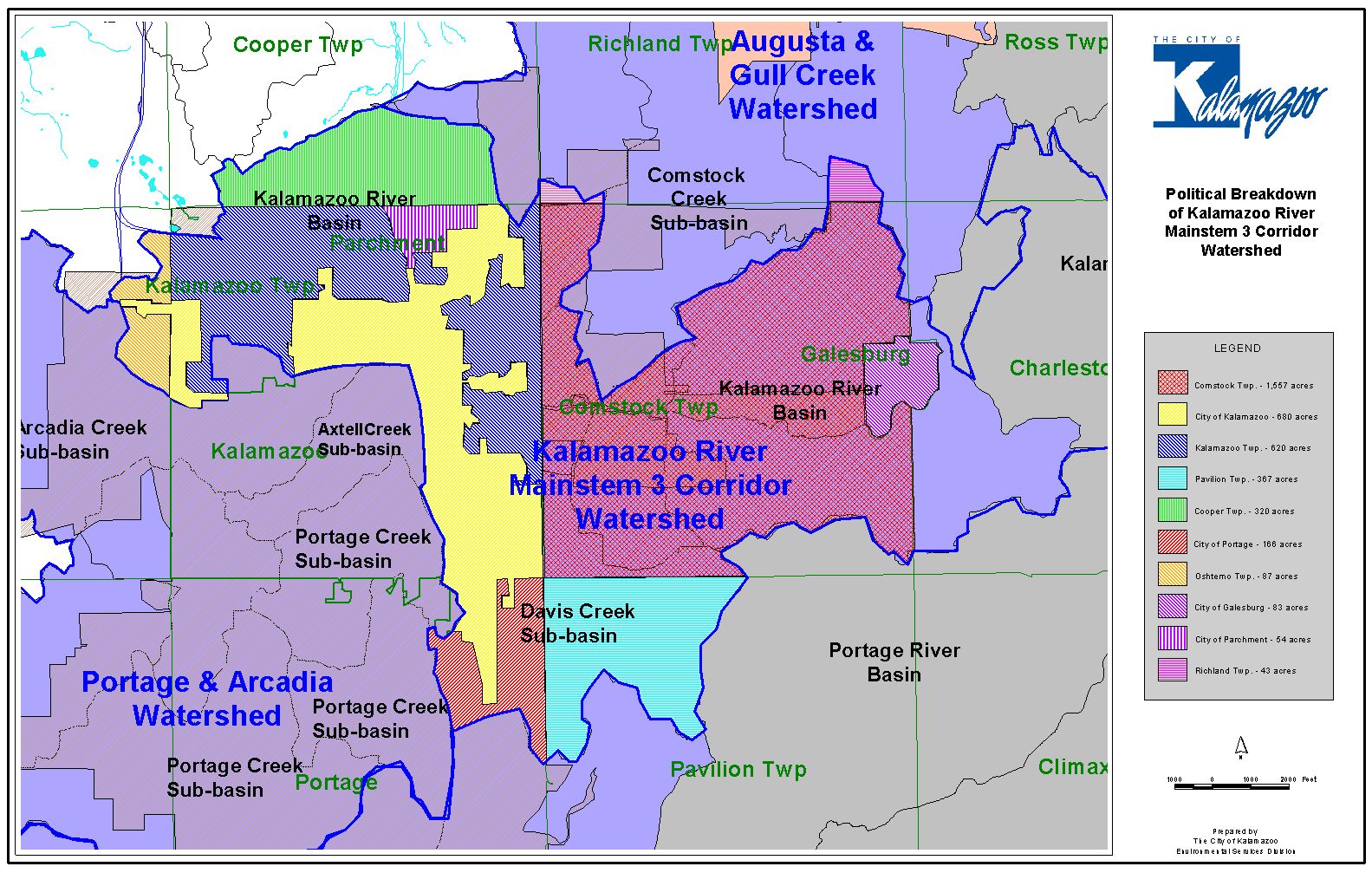
The Kalamazoo River Watershed drains 2020 square miles of land in 8 counties in southern Michigan: Allegan, Van Buren, Kalamazoo, Calhoun, Barry, Eaton, Hillsdale and Jackson. Lake Allegan as an impoundment in the lower part of the watershed, serves as a collection point for sediments and nutrients delivered from the river and tributaries. Lake Allegan was designated hypereutrophic, meaning it does not meet its designated use and WQS.
In 1998, the Kalamazoo River/Lake Allegan TMDL effort began a community-based project including landowners, industries, government and community organizations. The Lake Allegan/Kalamazoo River TMDL Committee has been working collectively to reduce phosphorus along the length of the river to improve the water quality. The goal of the committee is to achieve the desired nutrient condition in Lake Allegan, reaching and maintaining a successful TMDL outcome by removing the impairment status.
Protecting our Watershed
The City has Performance Standards for Groundwater Protection within Wellhead Protection Capture Zones and General Stormwater Quality Management. The standards are implemented when properties are developed, repurposed or rebuilt through the General Site Plan Review Standards. (Refer to the “Sources of Stormwater Pollutants” page.)
The City of Kalamazoo - Protect Your Water has NPDES Permits for both wastewater and stormwater discharges into the Kalamazoo River and the River has a designated TMDL for phosphorus. The wastewater dischargers (point sources) are represented by signatories of the Kalamazoo River/Lake Allegan Watershed Cooperative Agreement for the Reduction of Phosphorus Loading (“Cooperative Agreement”). The original TMDL Implementation Plan was submitted to U.S. EPA and the State in 2002.
During the growing season, the City collects samples from the Kalamazoo River at 4 locations (35th Street Comstock, River Street Comstock, Paterson Street and Mosel Avenue) approximately every 2 weeks for Total Phosphorus and Soluble Phosphorus. The TMDL phosphorus reduction efforts of the Point Source and Non-Point Source Groups are documented and reported to the Michigan EGLE.
As the largest point source on the Kalamazoo River watershed, the Kalamazoo Water Reclamation Plant takes its 35% share of the TMDL phosphorus load goal seriously. We have met our annual goal for 11 consecutive years, while discharging just 68% of our 16,000 lbs/year goal. In 2019, we discharged just 49% of our 16,000 lbs/season goal, our best annual discharge ever. Over the last 3 years, we met our loading goal every month.
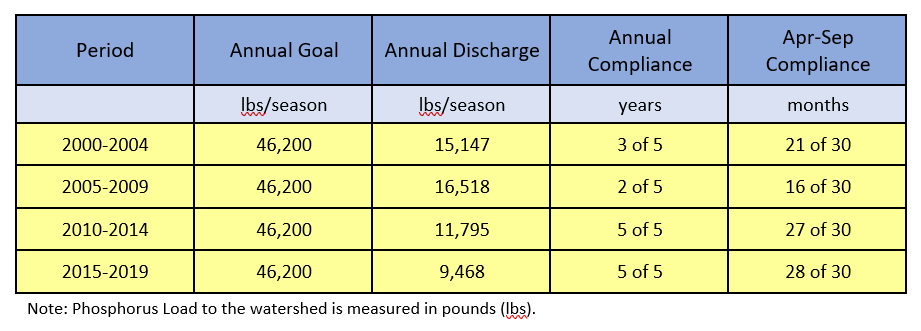
The City of Kalamazoo will continue to be involved with the collaborative efforts of the Non-Point Source Group in its efforts to coordinate and document phosphorus reductions, including consideration of those issues listed in the Non-Point Source Issues section of table “Lake Allegan/Kalamazoo River Watershed TMDL Implementation Strategic Plan for 2012 and Beyond”. Some notable progress in these cooperative efforts includes routine meetings, public education, water quality monitoring, agricultural phosphorus loading focus, and work with the non-MS4 TMDL communities.
Specifically, the City of Kalamazoo will continue its sediment and phosphorus reduction efforts by continuing, using Best Management Practices (BMPs): municipal operations such as street sweeping, leaf and brush pick-up programs, etc.; public education and outreach; Construction SESC Program; and required Post-Construction Stormwater Controls via the Site Plan Review process.
This project has been funded wholly or in part by a grant through the Watershed Council Support Program by the Michigan Department of Environment, Great Lakes, and Energy's Nonpoint Source Program to Kalamazoo Stormwater Working Group for the Multilingual Outreach and Education project. The contents of the document do not necessarily reflect the views and policies of the Department of Environment, Great Lakes, and Energy, nor does the mention of trade names or commercial products constitute endorsement or recommendation for use.
Este proyecto ha sido financiado en su totalidad o en parte por una subvención a través del Programa de Apoyo del Consejo de Cuencas Hidrográficas del Departamento de Medio Ambiente, Grandes Lagos y Energía de Michigan, Programa de Fuentes No Puntuales para el Grupo de Trabajo de Aguas Pluviales de Kalamazoo para el proyecto de Educación y Alcance Multilingüe. El contenido del documento no refleja necesariamente los puntos de vista y las políticas del Departamento de Medio Ambiente, Grandes Lagos y Energía, ni la mención de nombres comerciales o productos comerciales constituye respaldo o recomendación para su uso.


-pg2-min.jpg?w=150&h=100&a=t)
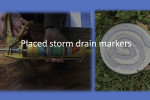


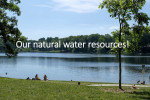
.jpg?w=150&h=100&a=t)

